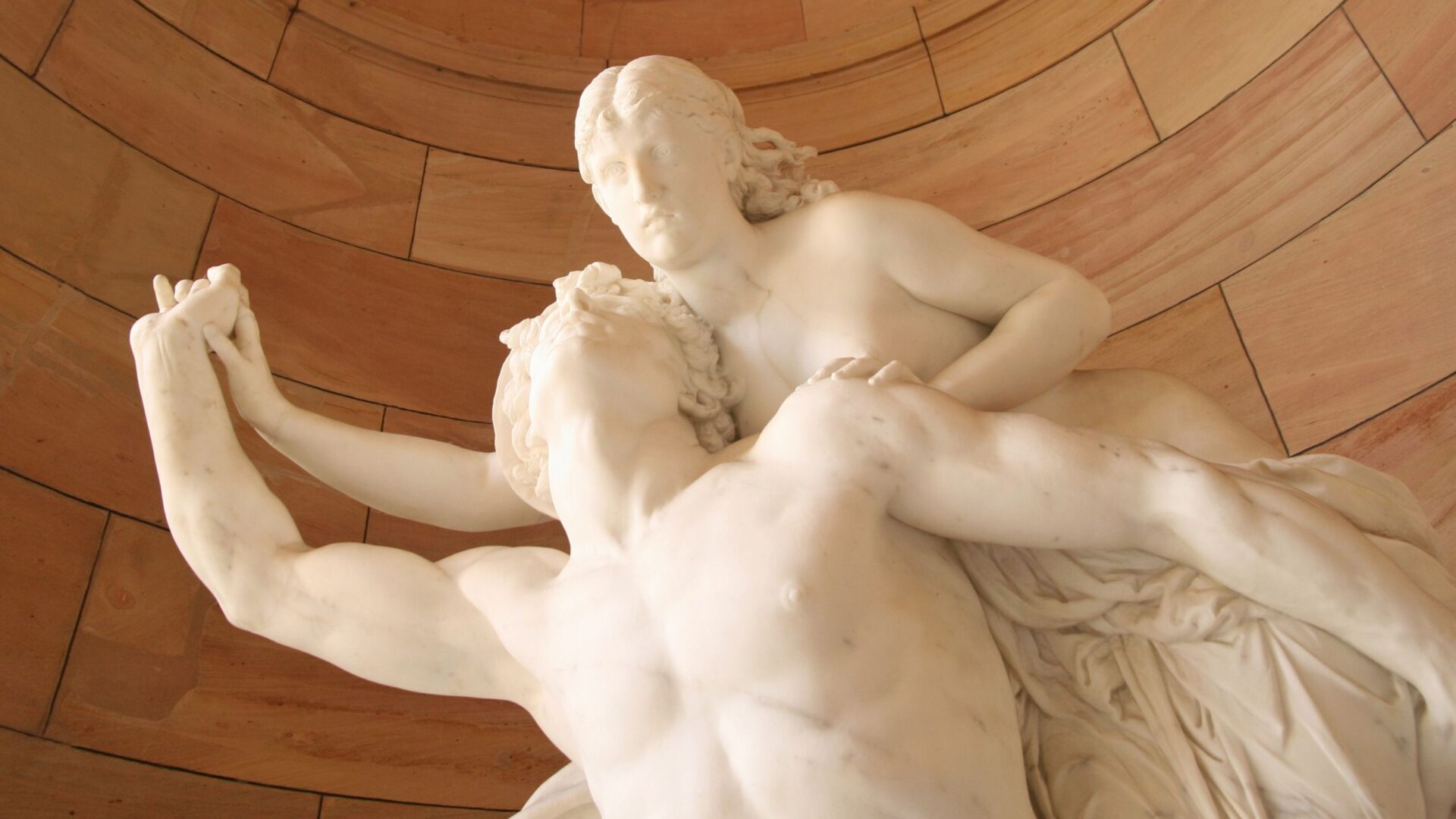The Depths of the Psyche: A Journey into Conscience, Subconscience, and Unconscience in the Carl Jungian Perspective
Introduction
Carl Gustav Jung, the Swiss psychiatrist and psychoanalyst, made significant contributions to the field of psychology, particularly in understanding the complexities of the human psyche. Jung’s theories go beyond the realm of Freudian psychoanalysis, delving deep into the collective unconscious, archetypes, and the interplay of various layers of the mind. In this article, we embark on a journey into the depths of conscience, subconscience, and unconscience, as perceived through the lens of Carl Jung.
- The Conscience: The Light of Awareness
At the forefront of Jungian psychology is the conscience, the conscious mind, or the ego. The conscience represents our awareness of the present moment and our immediate surroundings. It is the realm of our rationality, the aspect of the psyche that allows us to make decisions, think critically, and interact with the external world. Jung saw the conscience as just one layer of the multifaceted psyche, playing a crucial role in our daily functioning and individuality.
However, the conscience is only the tip of the iceberg, as Jung believed that beneath the surface lies a vast and intricate world of the unconscious.
- The Subconscience: The Hidden Depths
The subconscience, or personal unconscious, represents the second layer of the psyche in Jungian theory. It comprises all the thoughts, memories, emotions, and experiences that are not actively present in our conscious mind but are still accessible. It is a repository of forgotten memories, repressed emotions, and unacknowledged desires. Jung referred to these hidden aspects as complexes, which are clusters of related thoughts and feelings that influence our behavior and perceptions.
One of Jung’s significant contributions was the idea of individuation – the process of integrating and harmonizing the contents of the subconscience with the conscience. This process allows us to become more self-aware, whole, and balanced individuals.
- The Unconscience: The Collective Tapestry
Beyond the subconscience lies the most profound and universal layer of the psyche – the unconscious or collective unconscious. This level represents the shared human experiences and archetypal patterns that exist across cultures and throughout history. Jung believed that the collective unconscious is innate and inherited, forming a collective tapestry of symbols, myths, and motifs that shape the human experience.
Archetypes, which are universal symbols and themes, are the building blocks of the collective unconscious. Examples include the hero, the mother, the wise old man, and the shadow. These archetypes influence our behavior, dreams, and creative expressions, and they serve as a bridge between the personal and the collective realms.
- Dreams: Windows into the Unconscience
Dreams hold a significant place in Jung’s theories as they provide a window into the unconscious realms. Jung believed that dreams are a natural expression of the psyche’s attempt to communicate with the conscious mind. Through dream analysis, individuals can gain insights into their deeper selves, discover hidden conflicts, and uncover symbolic representations of their inner world.
- The Shadow: Embracing the Darkness Within
The shadow is one of the most crucial concepts in Jungian psychology. It represents the unconscious part of our personality, containing repressed and denied aspects of ourselves. Often, these elements are deemed undesirable or socially unacceptable, leading us to suppress them. However, embracing and integrating the shadow is essential for individuation and personal growth.
Acknowledging the shadow allows us to gain a deeper understanding of our motivations, fears, and desires. By confronting and reconciling with these darker aspects, we can achieve greater self-awareness and achieve a more balanced psyche.
Conclusion
Carl Jung’s exploration of the conscience, subconscience, and unconscience provides us with a profound understanding of the complexities of the human psyche. His emphasis on the collective unconscious and archetypes opens up new avenues for exploring our shared humanity and cultural heritage.
Through dream analysis, shadow work, and the process of individuation, Jungian psychology offers a roadmap for personal growth and self-discovery. By diving into the depths of our psyche, we can illuminate the shadows and reveal the hidden treasures that lie within us, ultimately leading to a more fulfilling and authentic life.



